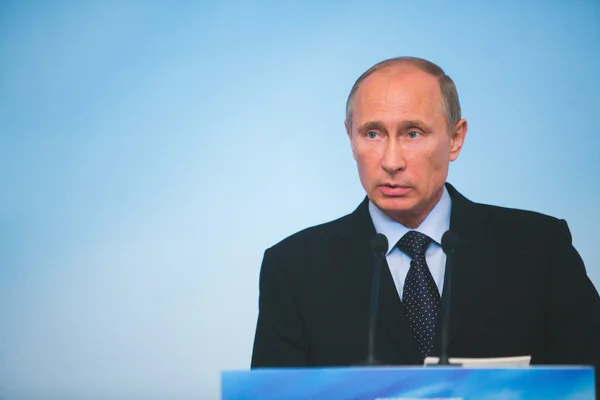
Russia’s war economy is beginning to fray at the edges. The Kremlin’s once-comfortable social contract-imperial ambition without domestic pain-is being put to test by a campaign that reaches far beyond the front lines. Ukrainian drones and missiles are now hitting oil refineries, chemical plants, and energy hubs deep inside Russian territory, in some cases more than 2,000 kilometers from the battlefield. The result: fuel shortages, blackouts, and mounting costs that Moscow can no longer hide from its citizens or elites.
This is more than a military strategy; it is an economic offensive aimed at cracking what Ukrainian officials have termed “deathnomics”-war-financed stability that has kept Russian society largely compliant. By targeting the revenue streams and comforts that sustain the war, Kyiv is forcing the Kremlin to stretch its defenses thin and confront vulnerabilities it long assumed were untouchable. How this pressure is reshaping the conflict-and why Putin’s control is slowly slipping-can be seen in the following developments.
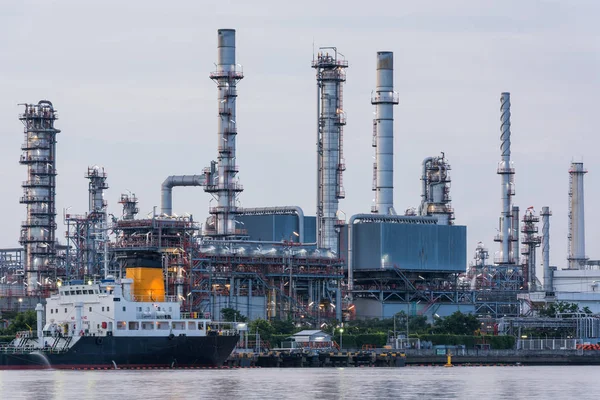
1. Strikes Reaching 2,000 Kilometers Inside Russia
The long-range strike capability of Ukraine has grown greatly since 2022. Drones have reached targets as far away as 2,000 kilometers, including a refinery hit on Putin’s birthday. The Security Service of Ukraine estimates that about 40 percent of Russian refinery capacity is now idle owing to attacks. This reach is forcing Russia to defend not just its front lines but its industrial heartland, stretching air defenses across vast territory.
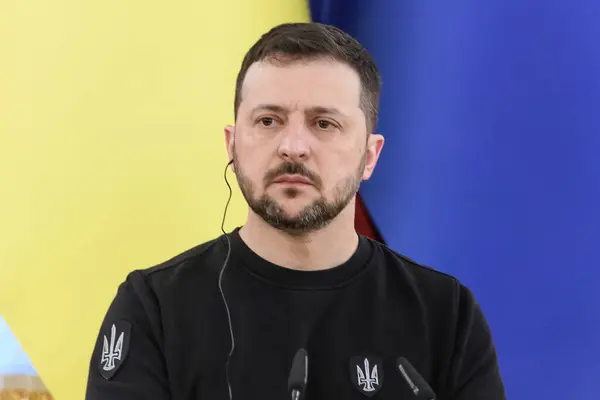
2. Fuel Shortages and Black Markets
The deep-strike campaign has created a gasoline shortage approaching 20% of Russia’s needs, according to President Volodymyr Zelenskyy on Oct. 22. Stations in Moscow and surrounding regions have run dry of popular 92- and 95-octane grades, with prices soaring past 100 rubles per liter. A thriving black market has sprung up, with drivers queuing for hours or driving from station to station in some areas to find fuel.
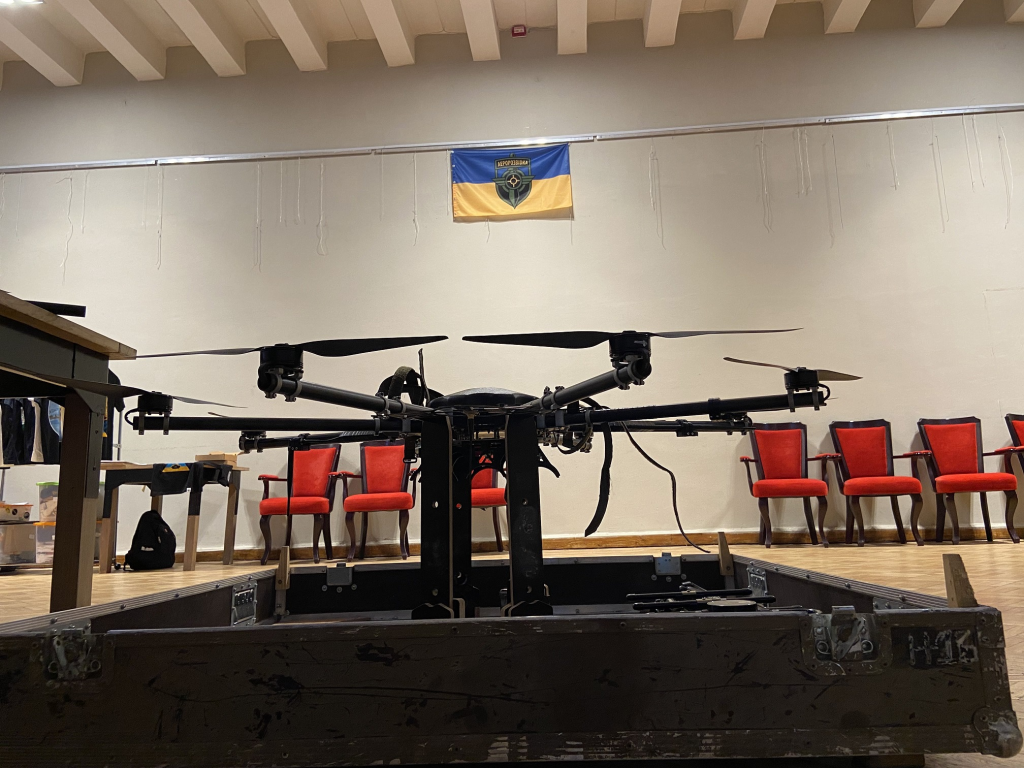
3. Rolling Blackouts and Civil Disruption
The strikes against energy infrastructure have forced rolling blackouts in cities like Belgorod and compelled widespread mobile network outages to disrupt Ukrainian drone navigation. These outages have now tripled since June, costing Russia an estimated $557 million per hour in lost productivity. Repeated shutdowns have also hit multiple airports-217 closures between January and May 2025 alone-causing disruptions to tens of thousands of passengers and costing airlines more than 1 billion rubles.
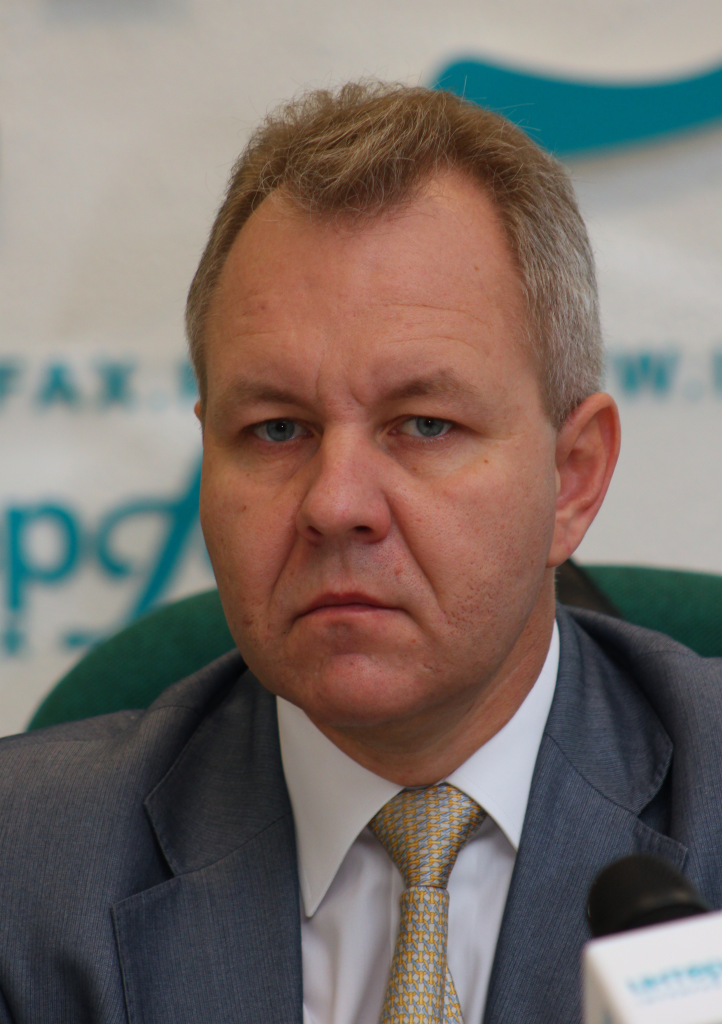
4. Cracking the ‘Deathnomics’ Model
Russian economist Vladislav Inozemtsev calls “deathnomics” a system in which battlefield wages and death payouts create a new artificial middle class. In some poor regions, the family of a soldier killed after a year of service can receive the equivalent of $150,000 more than a lifetime of civilian earnings. Yet as strikes drive up prices and disrupt daily life, this uneasy bargain is fraying, eroding the war’s domestic support base.
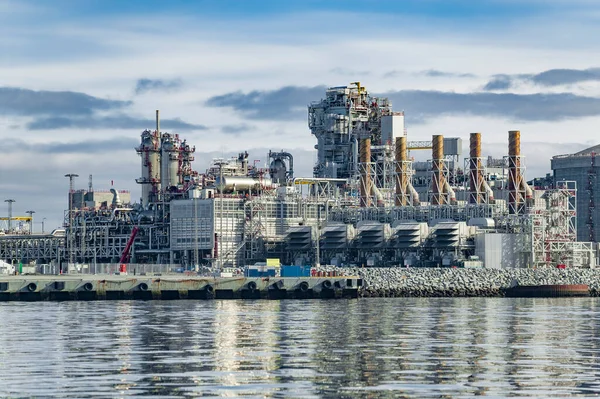
5. Economic Strain on the Kremlin
Russia’s revenues from oil and gas exports decreased by about 25% in September compared with the previous year. The military budget is shrinking for the first time since 2022, from $163 billion to $156 billion, amid inflation and sanctions. Zelensky has projected a budget deficit of almost $100 billion by 2026 if current trends continue. These pressures are forcing tax hikes and spending cuts even as the war demands sustained funding.
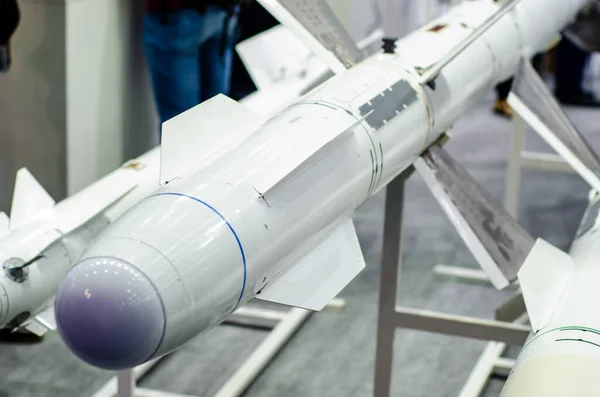
6. Ukrainian Defense Industry Innovation
Ukraine is scaling domestic production of long-range missiles and drones in a bid to avoid reliance on the constraints in Western supply. Denis Shtilerman of Fire Point, maker of the FP-1 drone and FP-5 Flamingo cruise missile, says new systems can navigate without GPS using low-altitude night map-matching to bypass Russian electronic warfare. These are enabling deeper and more precise strikes despite dense air defenses around Moscow.
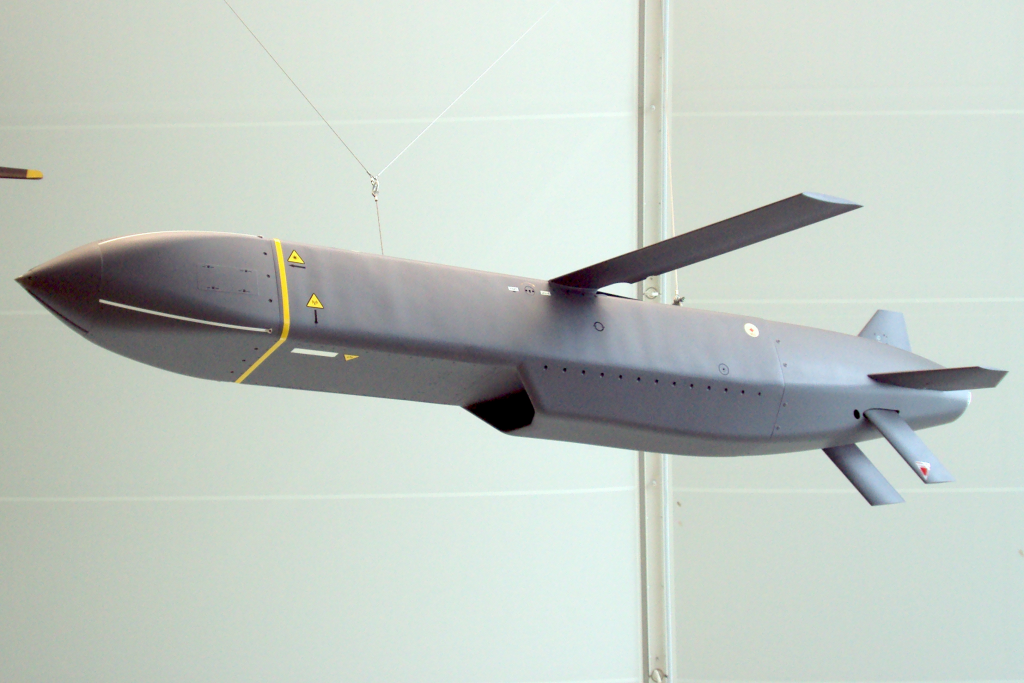
7. Storm Shadow Missiles Breaching Defences
The Bryansk Chemical Plant, one of the biggest producers of gunpowder, explosives, and rocket fuel, was hit on October 22 in a strike using Storm Shadow missiles supplied by the West. Ukraine’s armed forces touted the strike as having “successfully penetrated the Russian air defense system.” The attack represented a steep escalation: even the best-defended military-industrial targets are now susceptible to attack if missiles and drones strike in concert.

8. International Sanctions Tightening the Noose
The recent sanctions on Rosneft and Lukoil by Donald Trump come as the world’s largest crude exporter risks being cut off from the dollar-based financial system. Analyst Luke Wickenden estimates that losing access to China and India buyers of 86% of Russia’s crude exports could cost the Kremlin $7.4 billion in monthly revenue. Early signs show Indian state refineries reducing imports, adding to the financial squeeze from Ukraine’s strikes.
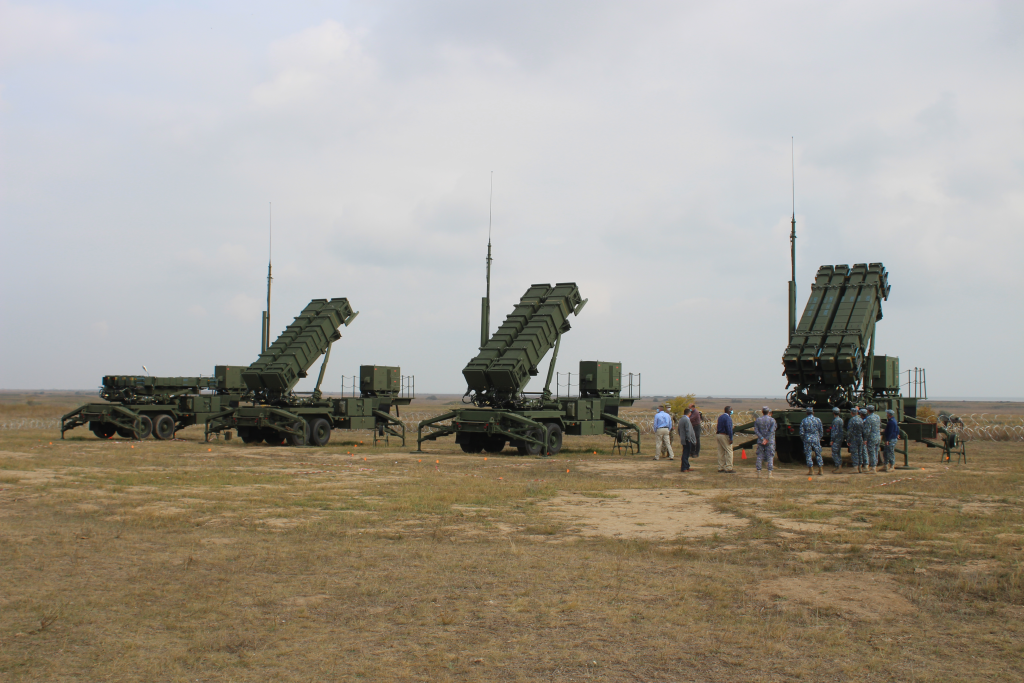
9. Stretched Defenses and Strategic Dilemmas
As Ukraine strikes at factories, refineries, and depots deep inside Russia, the Kremlin is being forced to weigh defending crucial infrastructure against reinforcing the front. Every air-defense battery that is redeployed leaves another site exposed. The dynamic greatly increases the risk for Moscow and St. Petersburg-the residences of the political and economic elites-which heightens the stakes for Putin’s inner circle and may accelerate calls for a change in strategy.
Ukraine’s deep-strike campaign is no longer a symbolic show of reach; it is a sustained effort to erode the economic and political foundations of Russia’s war. By forcing the Kremlin to defend large parts of its territory, disrupting daily life, and undermining the financial incentives that have kept the war machine running, Kyiv is shifting the balance of pressure. If these trends continue, the question may not be whether Putin can achieve his war aims but how long he can maintain the illusion of control at home.


